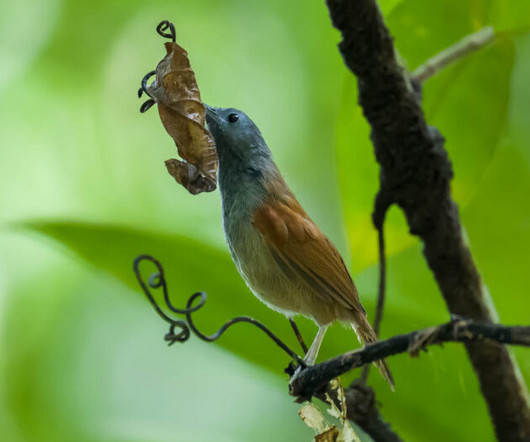The Geladas of Ethiopia
10,000 Birds
JUNE 11, 2013
Geladas are the sole survivors of a once abundant branch of primates that historically foraged across the grasslands of Africa, the Mediterranean and India. they are the most terrestrial primate after humans. Geladas spend the fist few hours of the morning grooming and socializing at the edge of their cliffs. Photo by Adam Riley.












Let's personalize your content